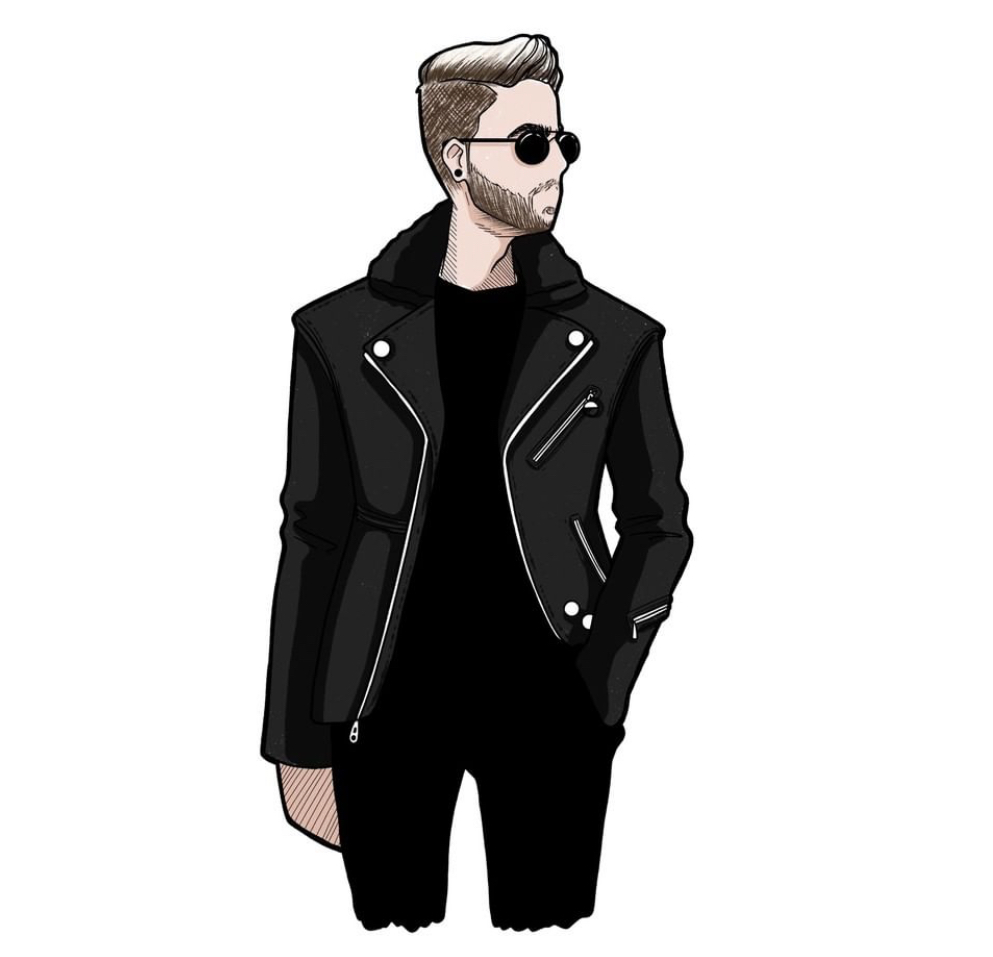
In most startups, it can be easy to fall into the habit of trading the important for the urgent...jumping from fires, to endless meetings, Zooms, and Slack notifications. But some of the bigger problems, the really hard work between simply talking strategy, and documenting a real execution plan, require solitude. Uninterrupted time to sit, think, write, and refine.
Recently, I decided to hit pause and check into a hotel for 24 hours with a single goal to write the most important document we’ve created this year — our company-wide AI strategy.
Here's a behind-the-scenes look at why that focus sprint mattered, what we’re building, and how we think about AI at Mav.
Years ago, back when I was a single contributor coding all day every day, I had a ritual: disappear into a hotel or Airbnb, unplug from the day-to-day, and do deep, focused work. No Slack, no meetings, no context-switching. Just freedom for thinking and building.
I lost that muscle for a while. But with our new Head of Engineering joining the team, there was a real need to align product and engineering around a unified direction, and I thought it was the perfect time to bring back a focus day and give my complete focus to the most important thing in the company right now.
This wasn’t ju
st a brainstorm; it was a blueprint: a technical, actionable strategy doc designed to guide all of our engineers in closing the gap between where Mav's AI capabilities are today and where we need to be by the end of the year.
We’re tracking our product using OpenAI’s maturity model, from Level 1 (simple rule-based chatbots) to Level 5 (highly autonomous, creative systems).

Today, we’re operating at Level 2, and pushing into level 3: AI that can reason and make decisions in real time. Not just "respond," but actually "decide." That means Mav must be aware of context, act with logic, and handle branching conversations and business logic without breaking a sweat.
The strategy doc I created maps out how we plan to move through the levels, bridging the gap between what exists today and what needs to exist next. Not in broad strokes, but with specifics: architecture diagrams, agent design principles, tooling requirements, and integration timelines.
We think about AI at Mav in three pillars, each with a clear role in our overall ecosystem:
Mav: Front Office Agent – This is the customer-facing agent who chats with leads on behalf of our clients, and is embedded in outbound workflows and funnel conversion.
🤫: Back Office Agent – The communications between our customers and Mav: task routing, campaign coordination, status updates, and more.
🤫: Headless 🤫🤫🤫 – Powering tasks like quoting, income verification, and more. This pillar can plug into both Mav and the back office agent.
Each layer has different requirements, latency expectations, and degrees of autonomy, and each one plays a critical role in how we scale AI infrastructure responsibly. More to come this year from those redacted names 😎
Vision’s great — but it needs traction. So while I wrote, I also validated.
I reviewed proof of concepts from our engineering team like they were production-ready pull requests. I tested the architecture assumptions against actual code, reality-checking every layer of the strategy.
That feedback loop, between vision and execution, is what made the strategy real. It's helping us tighten decisions, reframe priorities, and sharpen how we think and talk about what we’re building.
After 24 hours, the core strategy was 90% complete. More importantly, it gave us:
🚀 Internal alignment across product and engineering 🧰 Execution-ready guidance for technical teams 🧠 A shared language to move fast without losing direction
This doc is now our anchor for onboarding, architecture, and long-term planning. And it’s already reshaping how we think, write, build, and ship.
In a startup where velocity is a feature, clarity is often the cost. But the most strategic move sometimes isn’t doing more, it’s taking a step back to think harder.
Our industry is moving fast. But if we want to move fast and right, we have to define what “right” looks like. That’s what this strategy sprint was about: carving out time to define the future we’re building toward.
We’ll be sharing more soon — from agent design to real-world AI performance — as we scale this vision into reality.
P.S. Want a peek behind the curtain? 🎥 Watch this Afterburn episode for a raw, real-time look at how this 24-hour sprint came together — strategy, sweat, and all.
